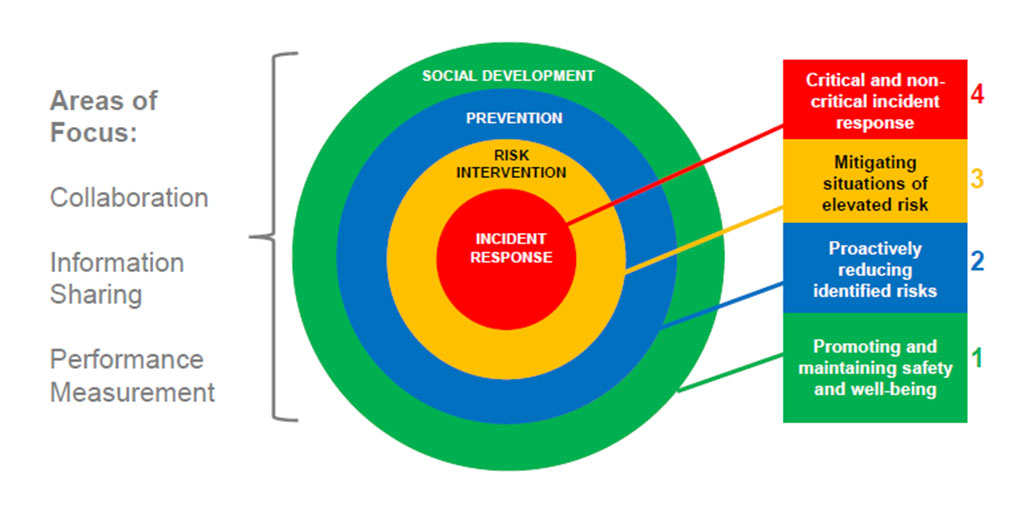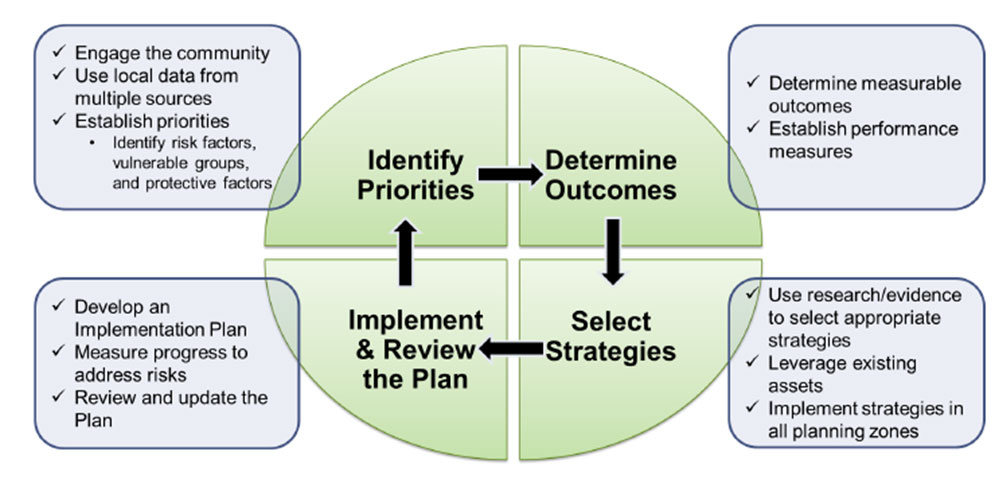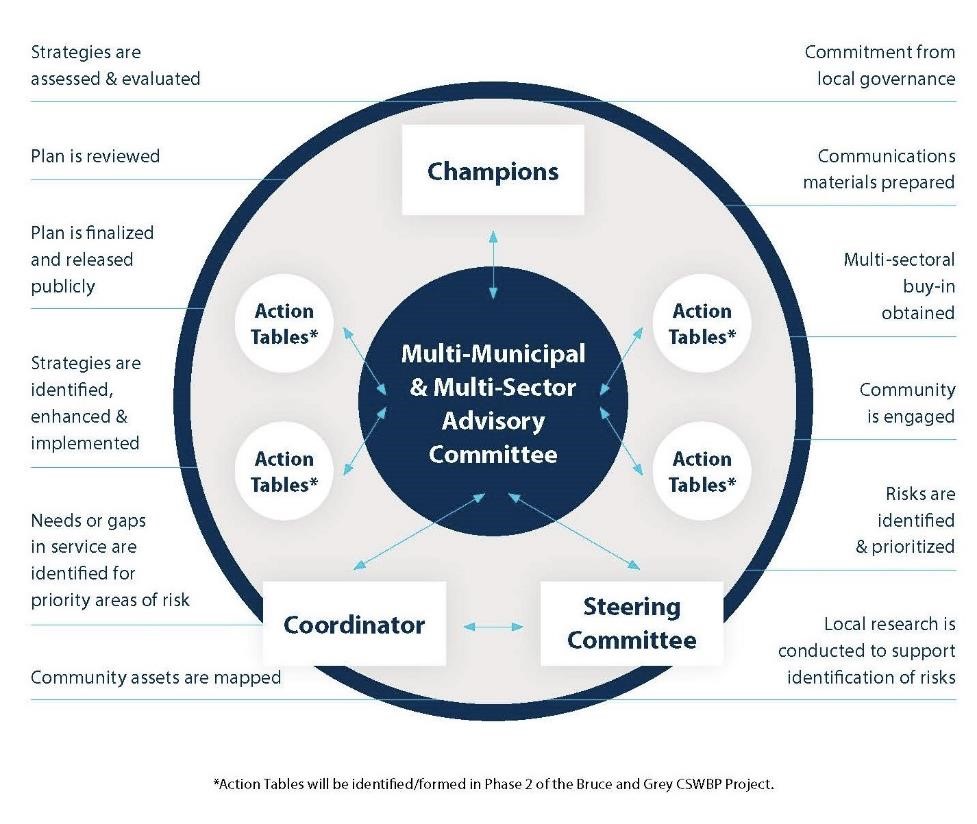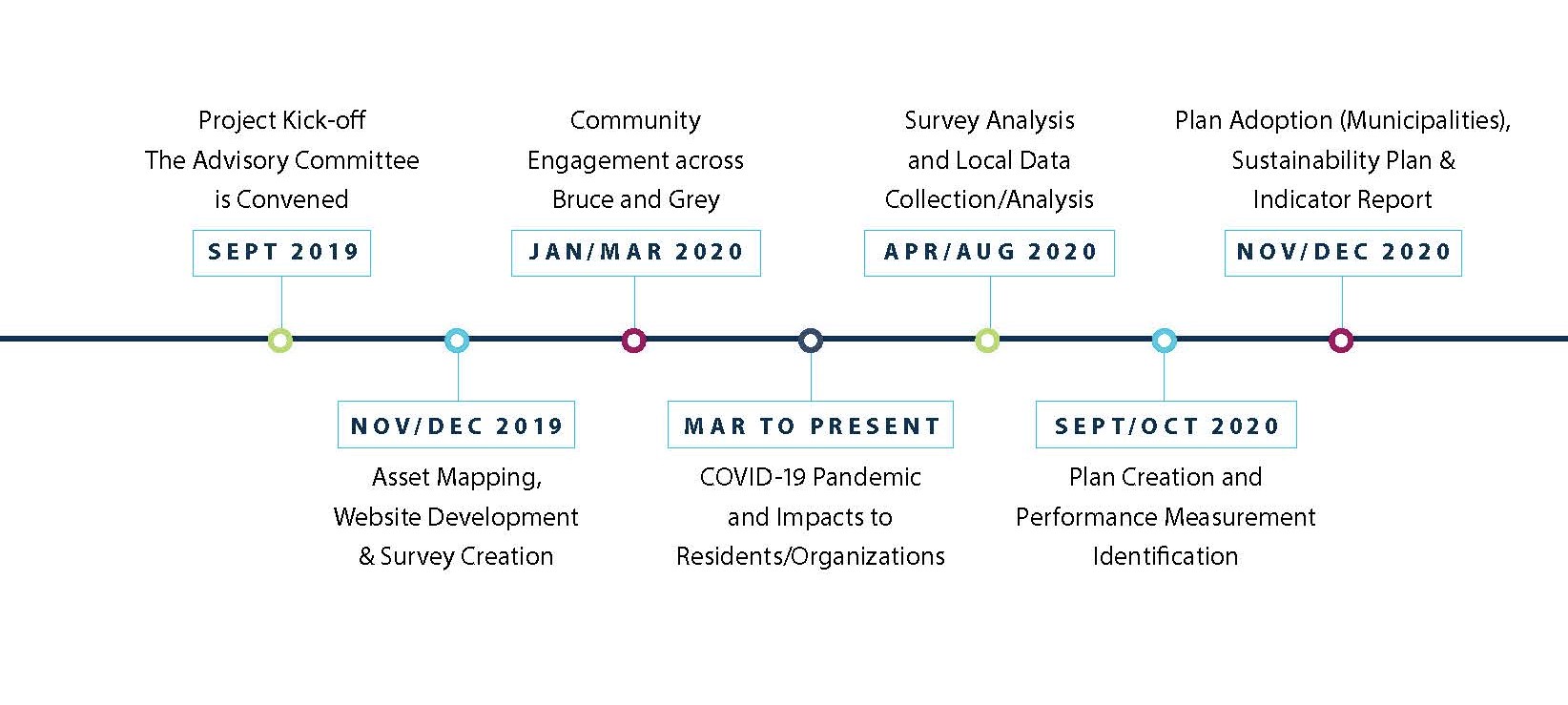
Posted On: Tuesday, June 22, 2021

New legislative amendments outlined under part XI, Section 143 of the current Police Services Act (1990) mandates every municipal council to prepare and adopt a Community Safety and Well-Being Plan (CSWBP).
Municipalities have the discretion and flexibility to develop joint plans with surrounding municipalities or First Nation communities [s. 143(2)], although First Nation band councils are not required to engage in Community Safety and Well-Being Planning by legislation.
This new legislative requirement came into force on January 1, 2019 [s. 143(2)]. Additional legislative requirements related to the CSWBP process include:
There are also requirements to publish a completed CSWBP – online, in print for review by anyone who requests it, and in any other manner or form determined by the municipality – within 30 days after adopting the plan [s. 149(2), O. Reg. 527/18].
Additional regulations prescribing requirements related to monitoring, evaluating, reporting on, and reviewing the CSWBP may be outlined at a later date.

Community Safety and Well-Being Planning needs to occur in all four areas of the Framework, however the majority of investments, time and resources should be spent on developing and/or enhancing social development, prevention and risk intervention strategies to reduce the number of individuals, families and communities that reach the point of requiring an incident response.
Developing strategies that are preventative as opposed to reactive will ensure efficiency, effectiveness and sustainability of safety and well-being service delivery across Ontario. It is also important to explore more efficient and effective ways of delivering services, including frontline incident response, to ensure those in crisis are receiving the proper supports from the most appropriate service provider.
Communities who have already created a Community Safety and Well-Being Plan suggest that it can take between 1-2 years to develop a plan – Bruce and Grey began this work in the summer of 2019 and are well positioned to adopt and post their collaborative Plan before the end of 2020.
Taking a continuous quality improvement approach, the CSWBP process involves:


This diagram shows the governance structure for the CSWBP process within Bruce and Grey Counties – it highlights the various participants in the process, as well as the steps taken in the CSWBP process.
Champions are public figures who express their commitment to community safety and well-being planning and rally support from the public and community agencies/organizations.
The Advisory Committee should be reflective of the communities being served and should include – in addition to representatives from those sectors listed in the legislation – multi-sectoral representation from organizations and committees who have an interest in improving community safety and well-being. Representatives should have the authority to make decisions on behalf of their respective agencies/organizations, or will be empowered to do so for the purposes of developing the plan.
The Steering Committee is responsible for facilitating the work of the Advisory Committee, and for overseeing the work of the Coordinator. The members should come from sectors/agencies who have a mandate for community safety and well-being.
The Action Teams will be assigned or created to address priority risks; the number of action teams (and the focus of those teams) will vary based on the risks identified, and the geography of the communities being served.
The Coordinator is someone who has knowledge of community safety and well-being and comes from a sector such as social services or health. This should be someone who has working relationships with community members and agencies/organizations and is passionate about improving the safety and well-being of the communities being served.
The Community Safety and Well-Being Planning timeline for Phase 1 (Plan creation) has been:

Start-Up: Creation of the Steering Committee, Advisory Committee and/or Implementation Teams; Creation of Terms of Reference
Asset Mapping: Reviewing Existing Bodies; Analyzing Social Networks; Creating an Inventory of Strategies
Engagement: Development of Communication Materials; Organizing Community Engagement
Risk Analysis: Summary of Community Engagement Sessions; Identifying Risks; Priority Risk Analysis
Performance Measurement: Logic Model Creation; Inputs, Activities, Outputs, Outcomes Identified; Indicator Report Creation
CSWBP Creation, Presentation & Adoption: Advisory Committee to Recommend the Plan to Municipalities for Adoption
Ministry of Community Safety and Correctional Services (2017). Community Safety and Well-Being Planning Framework: A Shared Commitment in Ontario (Booklet 3, Version 2). Ottawa, ON: Government of Ontario.
Location: L.E. Shore Library